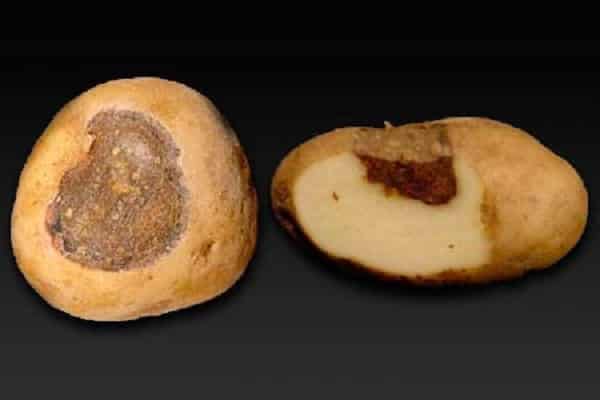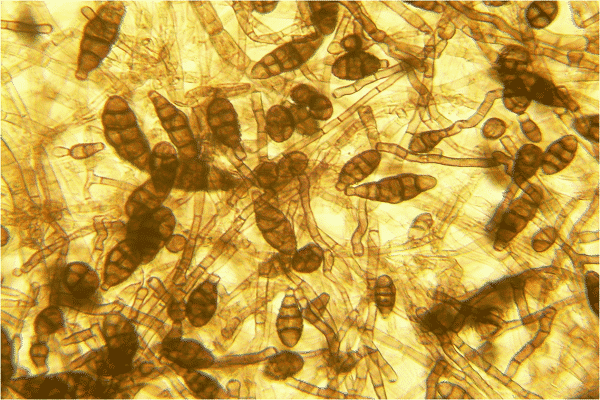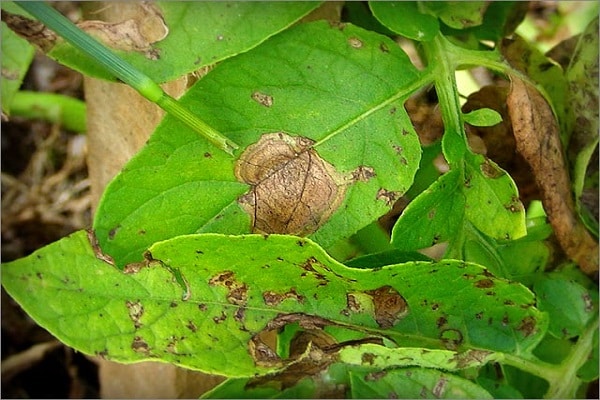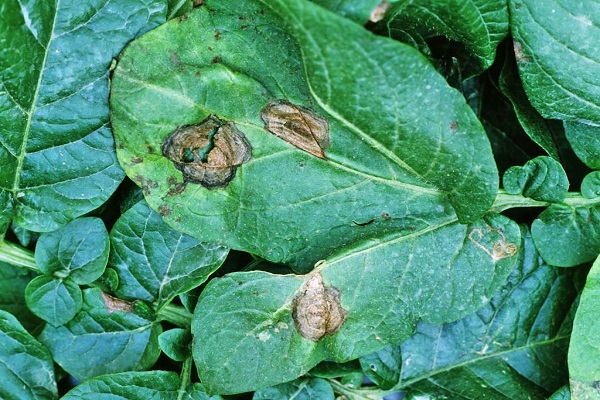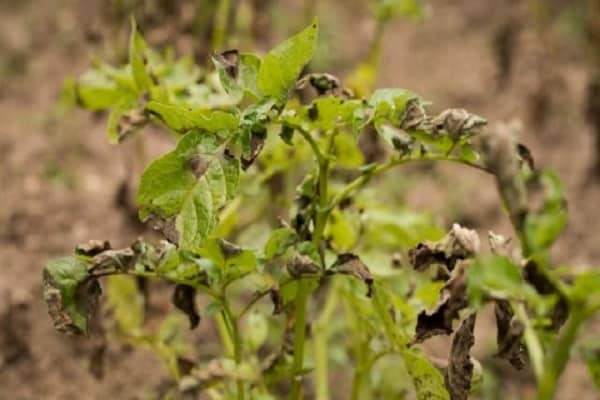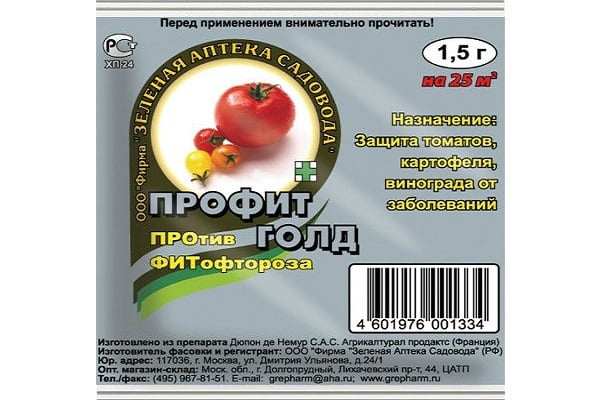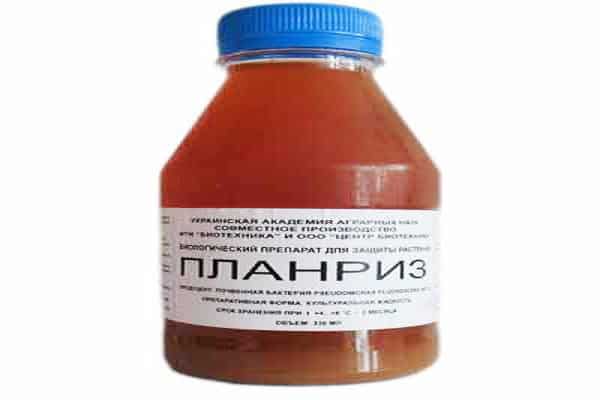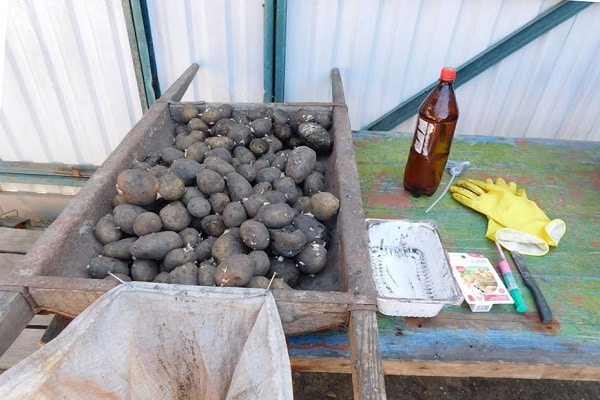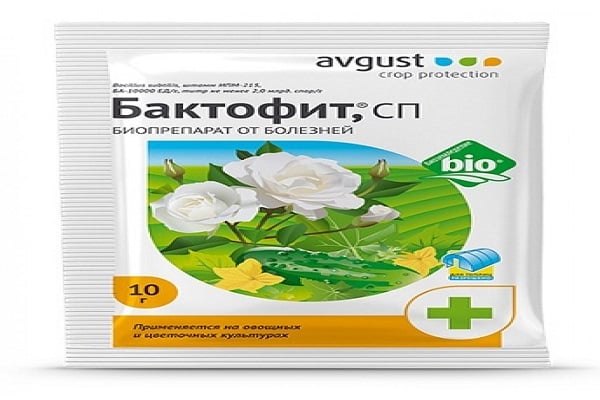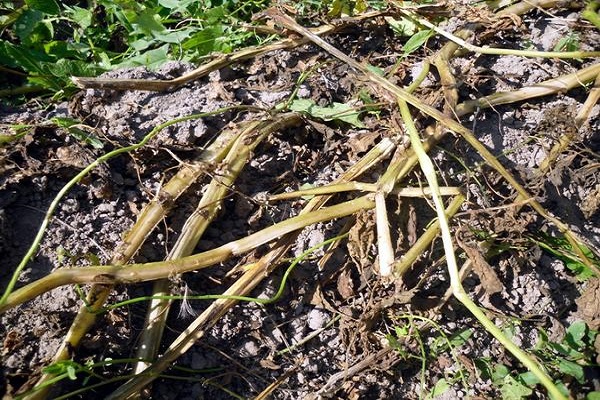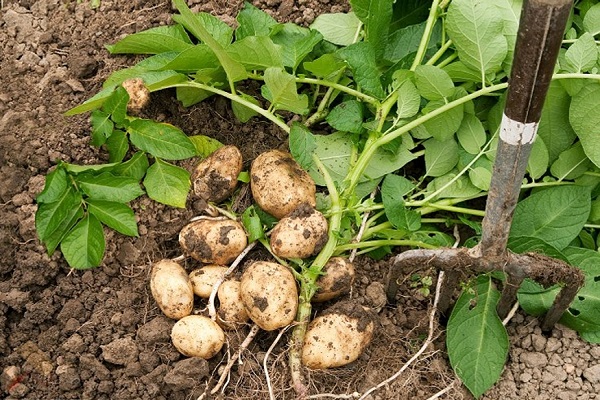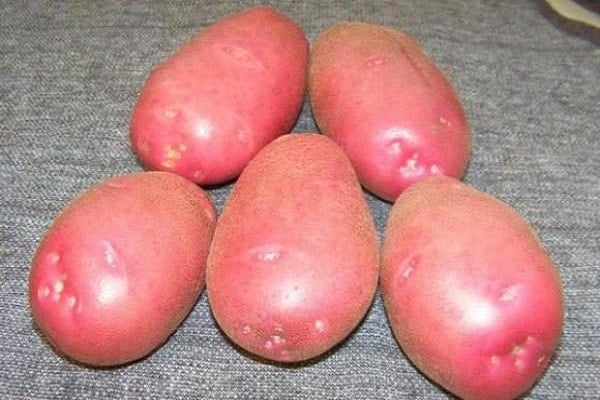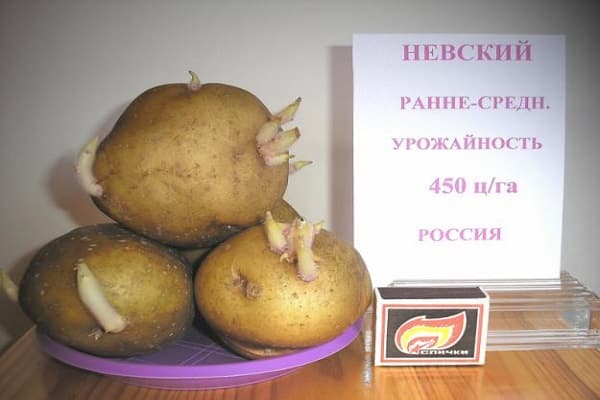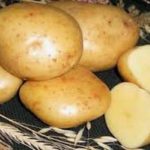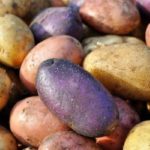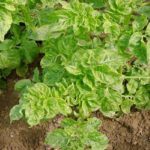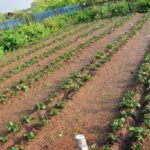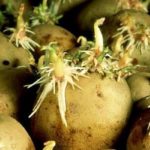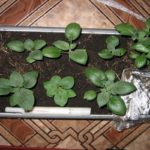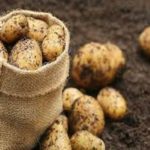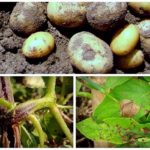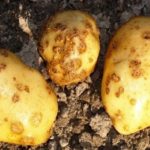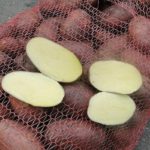Fungal pathologies are a scourge for vegetable crops. Thus, Alternaria blight of potatoes and other nightshade crops leads to the loss of a third of the harvest. For pathogenic fungi, the ideal environment for reproduction is an air temperature of 25–30 degrees Celsius and high air humidity. And such conditions appear in June-July, when potatoes are preparing to bloom. Therefore, the disease is dangerous for a garden plant, slowing down its growth and stopping its full development.
What is vegetable pathology?
Dry spotting of potatoes is called Alternaria blight. The disease is widespread among plants of the Solanaceae family. Potatoes and tomatoes suffer the most from infection. Taking into account the fact that the fungus is activated in hot weather, mid-season and mid-late varieties of vegetable crops become infected.
To understand the danger of a fungal infection, you need to know its description. Potato stems and leaves are affected by spores. The fungus penetrates the tubers if the fruits are damaged during harvesting. Often through contaminated ground Potato tubers also get sick.
The fungus is characterized by vitality, and its spores are carried by rain and wind, infecting other plants. This is how foci of infection are formed. After overwintering in plant waste, pathogenic microorganisms begin to colonize the plant planted in the spring.
Causes of infection
The basis of the disease is infection with conidia and mycelium preserved on plant tops and tubers of the old harvest that have lain under the snow. As soon as hot weather sets in with light rains, Alternaria fungi begin to become active. By releasing acid, they provoke necrosis of potato leaves and stems. The description of the mycelium of this species is as follows:
- interwoven fibers;
- branched and thin structure;
- lack of thread color.
Factors contributing to the development of fungal pathology include:
- hot weather;
- weakness of plant protective functions;
- soil depletion in potassium and nitrogen;
- excess phosphorus in the soil;
- pest damage to potatoes;
- infected planting material.
Interestingly, the fungus has adapted to harsh conditions. It can also be active at low temperatures.
Symptoms of vegetable disease
Alternaria potato blight can be detected by obvious signs:
- Two weeks before flowering, dry brown spots 1–3 centimeters in diameter are found on the lower leaves. They appear in the middle of the leaf plate, spreading to the edges. The shape resembles concentric rings.
- Round-oblong spots spread, leading to complete drying of the leaves.
- The leaves are dry and break easily.
- A month after infection with the fungus, a coating with fungal spores is visible on the green parts of the potato.
- If a potato tuber is infected, this can be determined by the presence of dark spots. In this case, the affected part of the potato is covered with a network of brown wrinkles, located concentrically in a circle.
- Inside the cut potatoes there are areas of dry rot, which are a dark dense mass.
If the disease is detected in time, the plant can be saved by selecting the appropriate treatment.
Ways to eliminate Alternaria
IN potato growing season Fungal infections must be combated using chemicals. Suitable treatment of diseased plants with drugs:
- Profit.
- Thanos.
- Utan.
- Cupricola.
- Bravo.
Profit Gold, containing toxic substances, acts both internally and externally on the infected plant. After treatment with the product, a protective film is formed on the leaves and stems, which cannot be destroyed by precipitation. Fungi and spores die, and within two weeks the potatoes become healthy.
Fungicide Thanos is considered safe for humans and pets. The components of the drug penetrate into the tissues of the plant, killing the fungus.
Bravo is a preventative drug. The product contains chlorine, which has a detrimental effect on the fungus and prevents it from multiplying.
Use chemicals according to instructions.Before spraying, be sure to protect your hands with rubber gloves, your eyes with special glasses, and the mucous membranes of your nose and mouth with masks.
Control measures include biological agents that are used to treat tubers before planting. The drug Planriz will protect vegetable seed material from Alternaria blight. The product is based on soil bacteria that are active against fungi. In addition, microorganisms enhance the growth of potatoes. Treatment with the drug can be carried out by spraying potato seedlings.
Biological fungicides include Baktofit. They treat the tubers with it before planting. You can spray vegetable plantings three times during the growing season.
Before planting, vegetable seeds are treated with Maxim. The working solution is prepared from ten milliliters of the product, diluting them in five liters of water. One liter of the finished preparation is usually consumed per kilogram of potatoes. Prepare the solution before processing, since it can only be stored for a day.
How to prevent the disease from occurring?
Prevention of Alternaria blight in nightshade crops includes:
- destruction of remnants of tops after harvesting vegetables;
- compliance with crop rotation rules;
- timely application of fertilizers with sufficient amounts of potassium and nitrogen;
- careful digging of tubers without damaging them;
- pre-sowing treatment of seed material;
- spraying the potato field with drugs against fungal infections three to four times per season.
Growing potatoes is not difficult. But you need to know that you cannot plant a crop in one place for more than three years. You should not place beds with tomatoes and other nightshades nearby.
Potato varieties resistant to Alternaria blight
You can plant the following vegetable varieties on your site that are resistant to fungal infection:
- Early ripening Lyubava potatoes tubers have a white color. During the cooking process, the potatoes do not become soft and the flesh remains white. During the growing season, the plant is rarely infected with Alternaria fungi.
- The Bronnitsky variety has increased resistance not only to Alternaria, but also to scab, blackleg, and late blight.
- Yellow-skinned Andretta is an early-ripening type of vegetable crop. After just sixty days, you can harvest the tubers. The popularity of the variety is due to its excellent taste of yellowish pulp, resistance to low temperatures, and Alternaria blight.
- Nevsky potatoes have a growing season of 90 days. The advantages of growing the variety include its immunity to scab, Alternaria, and late blight.
- 45 days after planting, the Dolphin variety tubers are dug up. The vegetable is valued for its high yield and excellent taste of small fruits. The plant is resistant to scab, late blight and alternaria.
- The late-ripening variety Temp is considered resistant to bacterial and fungal infections. It is adapted to temperature changes and withstands drought.
Properly selected seed material is also important in the prevention of fungal pathology.

